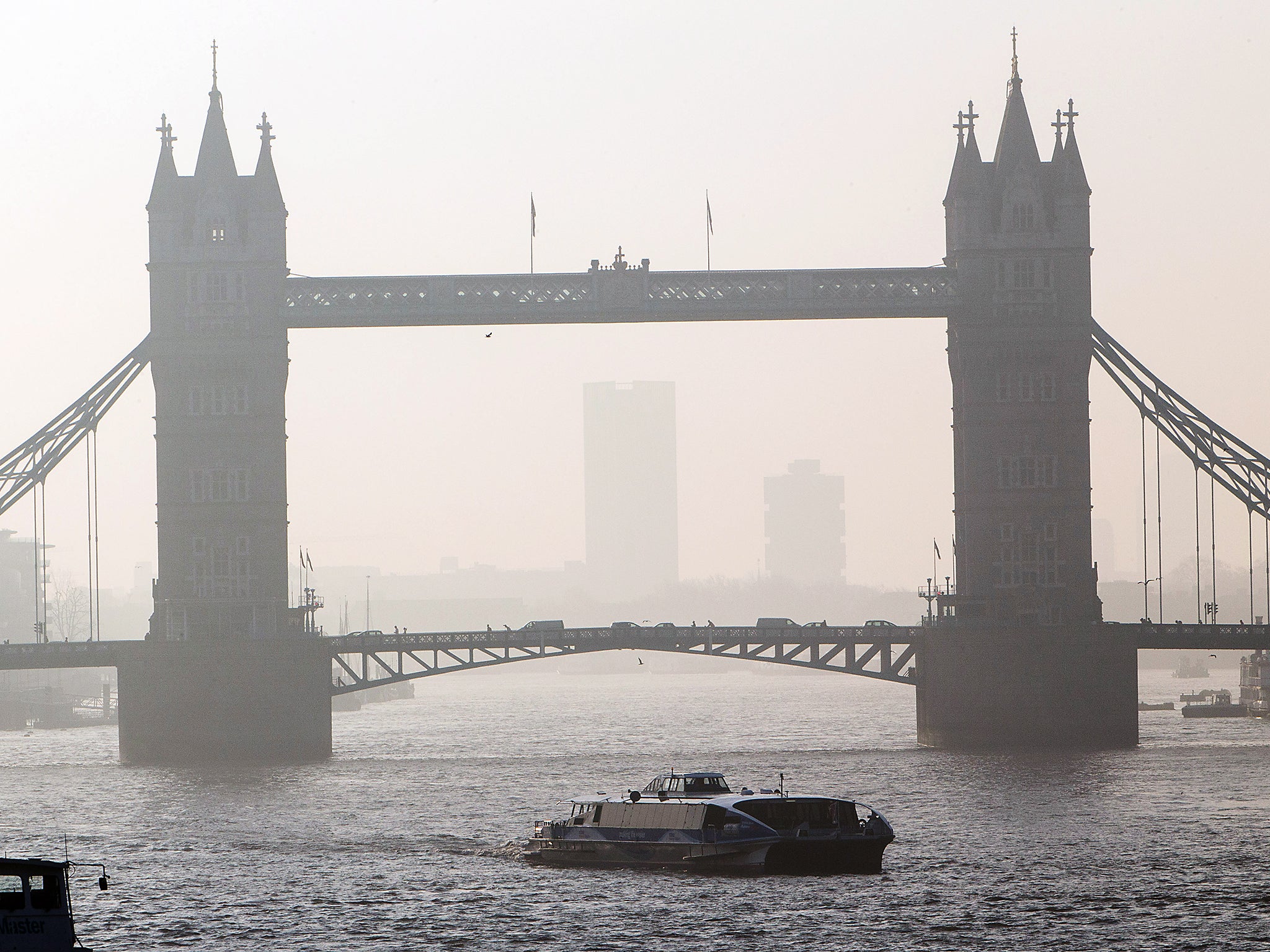Air pollution might be invisible – but it can strip the skin from my face
My skin condition, partly caused by air pollution, disappeared in the clean air of the Himalayas, was controlled by moisturiser and medicated shampoo in Scotland but has broken out again since moving to London

Your support helps us to tell the story
From reproductive rights to climate change to Big Tech, The Independent is on the ground when the story is developing. Whether it's investigating the financials of Elon Musk's pro-Trump PAC or producing our latest documentary, 'The A Word', which shines a light on the American women fighting for reproductive rights, we know how important it is to parse out the facts from the messaging.
At such a critical moment in US history, we need reporters on the ground. Your donation allows us to keep sending journalists to speak to both sides of the story.
The Independent is trusted by Americans across the entire political spectrum. And unlike many other quality news outlets, we choose not to lock Americans out of our reporting and analysis with paywalls. We believe quality journalism should be available to everyone, paid for by those who can afford it.
Your support makes all the difference.For most people, air pollution is barely noticeable.
However, like up to 10 per cent of the population, I am something of a canary in the coal mine.
In the mid-1980s, the skin on my face began to flake off and turn red. A trip to a specialist in Dundee brought the news that I had dermatitis.
The reason, I was told, was a combination of stress and air pollution; the treatment was a combination of a steroid cream, coal tar shampoo and industrial-strength moisturiser.
The specialist’s confident assertion that pollution was at least partly to blame was apparently controversial at the time, but 30 years later researchers writing in the journal Nature Immunology stated they had found “a direct mechanistic link between air pollutants” and atopic dermatitis.
Initially, I didn’t really blame the modern world for the hassle of having to slather myself in all this stuff to avoid my skin becoming so dry it would start to crack and bleed. I viewed it more as a personal defect.
And, to be honest, it wasn’t that bad. As a student in Aberdeen, it was completely under control and I found, to my relief, I didn’t need to use the steroid cream at all.
Two experiences changed my thinking. One was a three-month trip to the mountains of Nepal, where I celebrated my 21st birthday in a lodge in Namche Bazaar, a major stop for trekkers heading up to Everest base camp.
Before flying out to Nepal, I had secured a three-month supply of shampoo and emulsifying ointment.
I checked and double-checked at various points on the journey via Pakistan that I had them with me, but then left them behind in a Kathmandu hotel before the final leg, a flight to the “world’s most dangerous airstrip’”, Lukla.
The thought of spending three months looking permanently embarrassed while littering the ground with pieces of skin from my flaking face entered my head.
I thought about going back. I couldn’t afford it.
I needn’t have worried.
Whatever the stresses associated with my first plane flights and living in a faraway land, it had no effect on my skin.
But replacing the apparently clean air of Scotland for the genuinely clean air of the Himalayas definitely did.
My skin was completely clear, as pristine as it had ever been. No redness, no flaking and no itch. I was cured!
I think I washed my hair – with ordinary shampoo for the first time in five years – all of once while I was in the mountains, ostensibly to study the culture of the Sherpas as part of my degree in social anthropology.
But my return to Scotland also saw my symptoms return. I was no longer cured.
Over the years, moving about between Aberdeen, Edinburgh and northern England seemed to make little difference to my skin.
But in 2008, I moved to London, the second meaningful experience in my attitudes towards air pollution and my skin condition.
Without any doubt, it has been much worse ever since.
I can see blotches on my skin, a patch over my left ear seems to be permanently flaking unless regularly smothered in ointment, I can feel the itch on my cheek and in my hair as I write. I now have beard-druff… beard-druff! Oh, the ignominy!
If this is the way my skin reacts, what effect is it having on my lungs? What effect is it having on your lungs? I have no idea. I have a tendency to ignore problems or pretend they don’t exist. Probably not the best strategy.
It is very easy to do this when you can’t see the problem or smell it or taste it, as one person who viewed film shot by a camera that makes invisible pollution from car exhausts visible told The Independent.
But the estimated 40,000 premature deaths in the UK from air pollution every year should not be ignored. This could be your child, your grandmother or you.
The Government has twice now failed to come up with a plan to improve air quality to the minimum safe standards within a reasonable time. It has twice been taken to court, twice tried to defend the indefensible and lost twice.
If ministers fail a third time – and, given the concentration on Brexit, they might – we must not let them off the hook.
Join our commenting forum
Join thought-provoking conversations, follow other Independent readers and see their replies
Comments